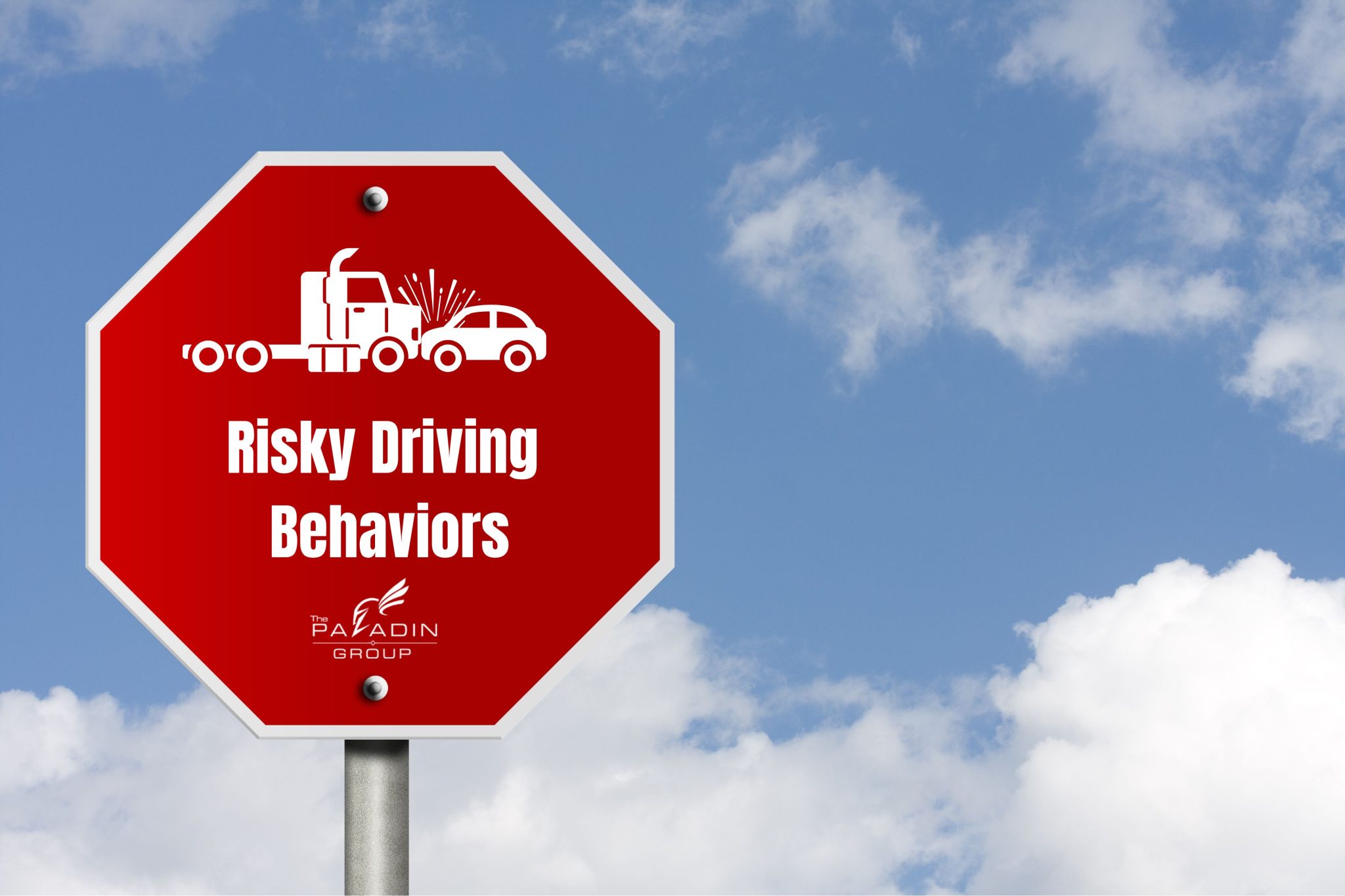
Risky Driving Behaviors
December 8, 2023 8:00 amThis post was written by: Channing Puls
The National Highway Traffic Safety Association (NHTSA) has presented the following information listed below regarding risky driving behaviors.
Distracted Driving – Driving distractions encompass various activities that divert your focus from the road, such as using your phone for calls or texts, consuming food and drinks, conversing with passengers, adjusting the stereo, or manipulating the navigation system. In 2021 alone, distracted driving led to the tragic deaths of more than 3,500 individuals.
Among these distractions, texting emerges as the most concerning. The act of sending or reading a text takes your eyes off the road for a significant 5 seconds. At a speed of 55 mph, this is equivalent to driving the entire length of a football field with your eyes closed.
To ensure safe driving, it’s imperative that your complete attention is dedicated to the task at hand. Any engagement in non-driving activities poses a potential distraction, amplifying the risk of a collision.
Speeding – Over the span of two decades, speeding has played a role in roughly one-third of all fatalities related to motor vehicle accidents. Speeding stands as a contributing factor in nearly 30% of total traffic fatalities, resulting in 12,300 deaths in the year 2021.
The impact of speeding extends beyond simply surpassing posted speed limits. Driving too fast for road conditions, especially during adverse weather, road maintenance, or poorly lit areas, poses a significant risk.
Speeding jeopardizes more than the life of the individual exceeding the speed limit but also poses a threat to all other road users, including law enforcement officers. Addressing this issue requires collective efforts from everyone to enhance road safety.
Fatigue – In 2021, the National Highway Traffic Safety Administration (NHTSA) recorded 684 fatal crashes. To estimate the prevalence of traffic-related crashes and injuries caused by drowsy driving among both motorists and commercial drivers, NHTSA relies on information gathered from police and hospital reports to document fatigued driving.
Instances of drowsy driving are most prevalent between midnight and 6 a.m. and during the late afternoon. During these periods, individuals often experience fluctuations in their circadian rhythm, the internal clock that governs sleep patterns in the human body.
Crashes often involve only a single driver (and no passengers) driving off the road at a high rate of speed with no evidence of braking; and frequently occur on rural roads and highways.
**The content provided is not intended as legal advice and should not be construed or interpreted as such. If such advice is needed, The Paladin Group recommends that you seek counsel for the specific advice or services needed.**


